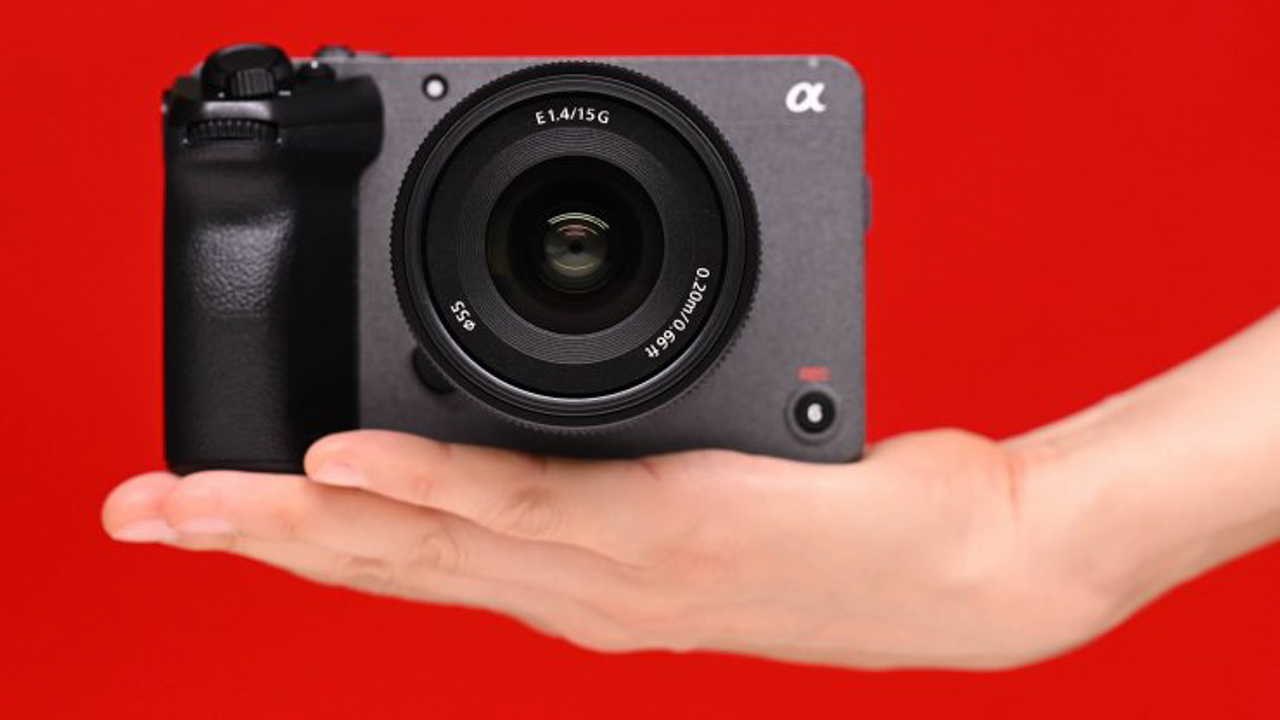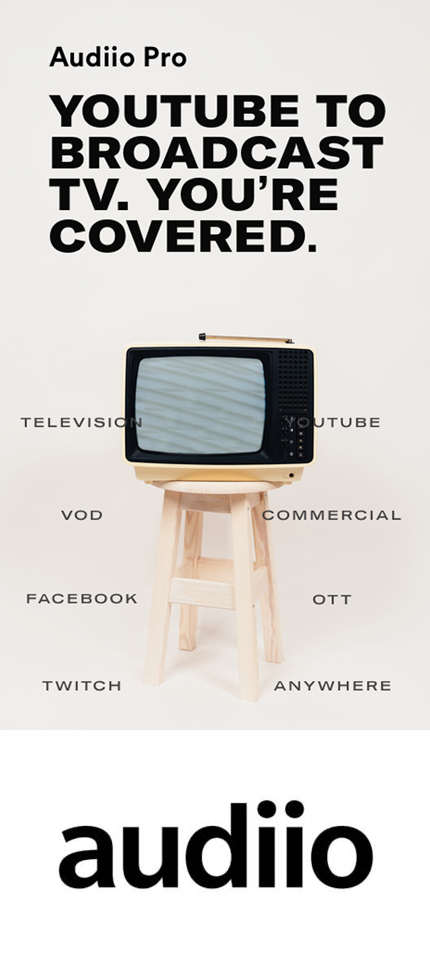What is the Best APS-C Camera in 2022?
Gear
General Topics
News
Tips and Advice
Gear Focus
Oct 3, 2022

The later half of 2022 has been all about the APS-C camera. Fujifilm, Canon and Sony have all recently added to their mirrorless lineups by adding an APS-C or "crop sensor" cameras. Canon has released the EOS R7, Fujifilm has released the x-H2s, and just today, Sony announced the FX30. But, how do these cameras stack up against each other and which one is the best APS-C camera in 2022?
What is an APS-C Sensor mean anyway?
In the digital photography world, there several different kinds of sensors that capture light and turn them into data packets. One of the most common types of sensors is the APS-C sensor. It's named after the Advanced Photo System, a film format that was discontinued in the Mid-1990s. The "C" refers to the "classic" nature of the frame since it produced a smaller image but in the same 3:2 aspect ratio of Full Frame Sensors. In the photography world, these cameras are referred to as APS-C sensors, however in the cinema world, the term Super35 is applied to sensors with the same field of view. Essentially, all this means is that Super35 and APS-C can be and are often used inter-changeably.Fujifilm X-H2S
The Fujifilm X-H2S comes loaded with a 26.2 MP Stacked sensor which allows burst shooting up to 40fps. This only in RELEASE mode however, which takes a photo regardless of focus. The mechanical shutter on the X-H2S shoots at burst speeds of 15FPS, which is comparable to the Canon R7. The X-H2S also has IBIS allowing users to get incredibly smooth shoots without the need for a gimbal. This camera shoots video at 6.2K up to 30p 3:2 video, and 4K up to 120 frames. It also offers internal ProRes Recording with 10-bit color as well as external recording of BRAW and ProResRAW with Atomos and BlackMagic Recorders. When it comes to capturing those images and videos, the X-H2S has mixed Dual Card Slots, meaning it has 1 CFExpress port and 1 SD port. It also has Fujifilm's first iteration of "Bird and Animal AF Tracking" so it will be interesting to see how that performs going forward. The X-H2s is the most expensive camera of the bunch at $2500 USD.Canon EOS R7
The Canon EOS R7 is the latest addition to the Canon Mirrorless lineup. It features a 32.5MP CMOS Sensor and Canon's new Digic X Processor, which allows the R7 to shoot up to 30 fps with its electronic shutter and 15 fps with its mechanical shutter. The R7 also features a 5 axis stabilized sensor, Canon's new Multi-Function Hot-Shoe allowing for wireless audio recording. On the video side is where the R7 really shines. Offering oversampled 4K60 recording in 10-BIT via H.265 with the CLOG3 color profile, allows the R7 to pack a huge punch. This is a massively flexible codec that performs well in camera and in post. The Canon EOS R7 features Dual SD Card slots, which is a great addition for a creator on the go or someone who edits from a laptop. It also means that you don't have to purchase another recording media if you don't already have CFExpress cards. The R7 also features the same AF algorithms that its flagship R3 has, meaning users will get the same great Face and Eye AF, and Animal and Car AF tracking as well. The Canon EOS R7 retails for $1,499 USD making it the cheapest of the three cameras on this list. If you want to know more about the Canon EOS R7, check out our review here. https://www.youtube.com/watch?v=mFOSUI_yNfISony FX30
The Sony FX30 is essentially a new, smaller sensor version of the FX3, coming in at 26.2 megapixels. This sensor will has a listed dynamic range of 14 stops, which is the highest of the cameras in the group. The FX30 does not have a stills mode or a viewfinder, however so if you're looking for a hybrid camera, one of the other two options might be best. The FX30 will also have SLOG3 and S-Cinetone color spaces to provide wide latitude in post production. When Sony announced this camera, they stated several times that the goal of this camera is offer Sony Cinema Quality to the beginner filmmaker and that the FX30 was the gateway to the Sony Cinema Line. Having the option to shoot in SLOG3 while monitoring with internal LUTS is a feature many new filmmakers will appreciate. The LUT information will also be recorded in the metadata and applied in post automatically with compatible software. This is great for a filmmaker looking to step up their game! The FX30 also has dual card slots but these are a combo slot, allowing for both CFExpress and SD Cards. The FX30 will retail for $1,798 USDWhich one is the best APS-C camera for you?
While all of these cameras are great, they may not be the best for you. Determining which camera to buy ultimately depends on what you are shooting with the cameras. If budget and growth are a top priority, than the FX30 or the R7 would be a great choice. If professional video codecs are a concern, the X-H2S would be the way to go. All of these cameras have great features that make them very capable cameras in the right hands.Own one like this?
Make room for new gear in minutes.
Loading...
